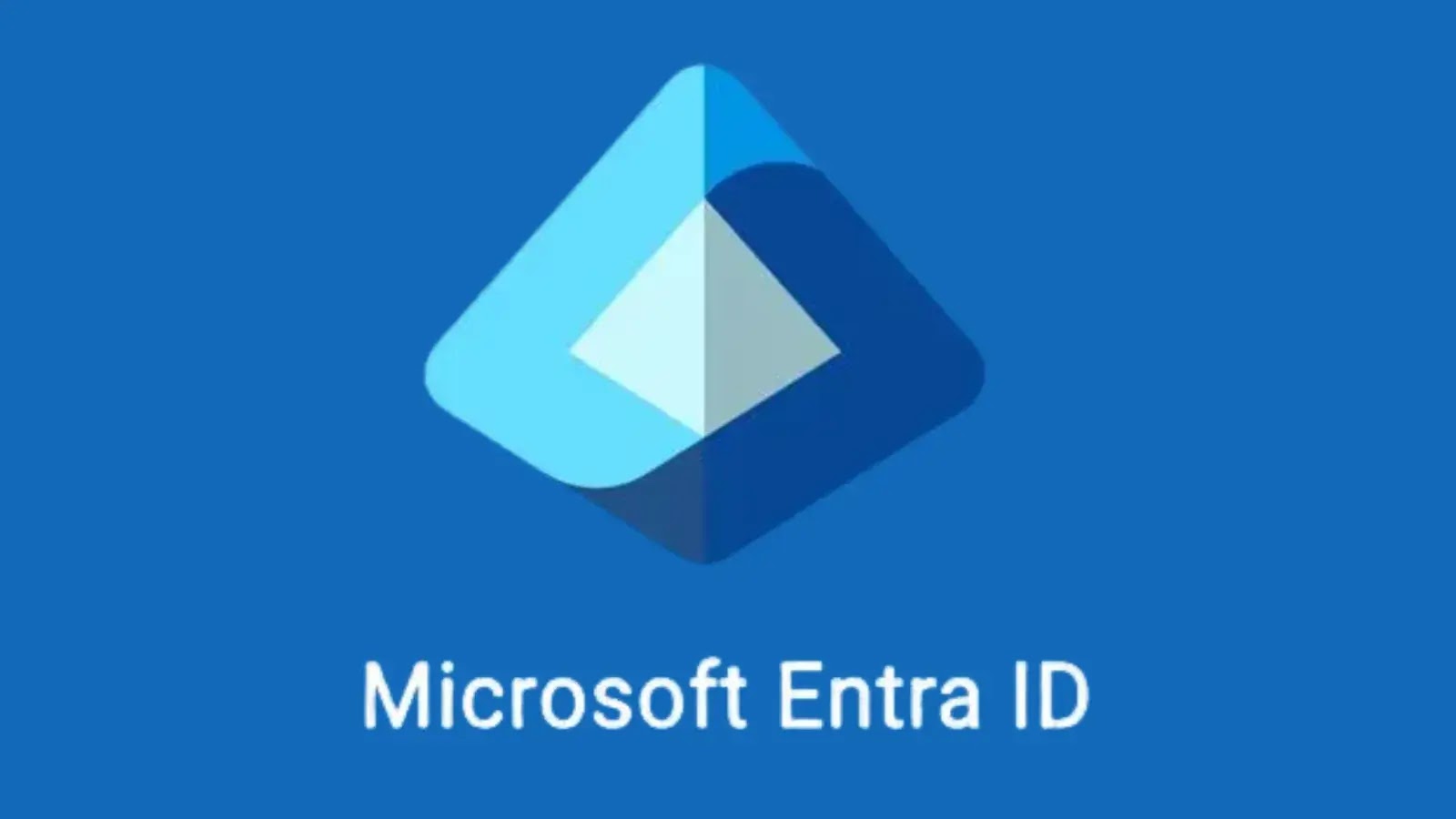
Microsoft to Block External Scripts in Entra ID Logins to Enhance Protections
The digital landscape is a constant battleground, and robust identity management is a critical defense line. Microsoft, a titan in enterprise security, is taking a significant step forward to fortify these defenses. In a proactive move under its Secure Future Initiative, Microsoft announced a crucial upgrade to its Entra ID (formerly Azure Active Directory) authentication process: the blocking of external scripts during user sign-ins. This isn’t merely a tweak; it’s a strategic enhancement designed to provide a much-needed shield against sophisticated cyber threats, particularly those leveraging cross-site scripting (XSS) attacks.
Understanding the Threat: Cross-Site Scripting (XSS) in Authentication Flows
Cross-site scripting (XSS) remains a persistent and dangerous vulnerability, allowing attackers to inject malicious client-side scripts into web pages viewed by other users. In the context of authentication, a successful XSS attack could enable an attacker to steal session cookies, impersonate users, deface websites, or redirect users to malicious sites – all within the seemingly legitimate confines of a login page. Imagine an attacker injecting a script that captures your credentials as you innocently type them into your company’s login portal. The consequences for an organization, ranging from data breaches to reputational damage, are severe.
While Entra ID itself has robust security, the reliance on external scripts during the login process presented a potential attack vector. These scripts, often used for analytics, branding, or custom UI elements, could, if compromised, be weaponized. Microsoft’s new policy directly addresses this exposure, shutting down a potential avenue for attackers to exploit the trust users place in their authentication flow.
Microsoft’s Response: Bolstering Security with Content Security Policy (CSP)
The core of this security upgrade lies in Microsoft’s decision to update its Content Security Policy (CSP) for Entra ID logins. CSP is an HTTP response header that allows website administrators to control which resources (e.g., scripts, stylesheets, images) a user’s browser is permitted to load. By tightening the CSP, Microsoft is essentially creating a whitelist of trusted sources for scripts during the authentication process.
- Blocking External Scripts: Any script attempting to execute during Entra ID login that originates from a domain not explicitly approved by Microsoft will now be blocked. This greatly reduces the attack surface for XSS.
- Enhanced Control: This move demonstrates Microsoft’s commitment to granular control over its authentication environment, ensuring that only necessary and validated code runs during critical security operations.
- Proactive Defense: Rather than reacting to specific XSS vulnerabilities, this is a proactive measure that hardens the entire login experience against a broad category of client-side injection attacks.
Implications for Organizations and Users
For most organizations relying on Microsoft Entra ID, this update will largely be transparent, delivering enhanced security without requiring direct action. However, it’s crucial for IT and security teams to understand the implications:
- Increased Trust in Login Process: Users will benefit from a more secure login experience, reducing the risk of credential theft or session hijacking through XSS.
- Potential for Customization Impact: Organizations with highly customized Entra ID login pages that rely on embedding external scripts for specific functionalities (e.g., advanced analytics, third-party authentication extensions) may need to review their configurations. Most standard customizations, however, are unlikely to be affected as Microsoft already provides robust customization options within Entra ID’s capabilities.
- Alignment with Secure Future Initiative: This action aligns perfectly with Microsoft’s broader Secure Future Initiative, which aims to infuse security into every layer of its products and services, making them inherently more resilient against cyber threats.
Remediation Actions and Best Practices for Enhanced Security
While Microsoft handles the heavy lifting, organizations can take additional steps to bolster their identity and access management (IAM) security:
- Regularly Review Entra ID Customizations: Audit any custom branding or script injections on your Entra ID login pages to ensure they are compliant with Microsoft’s updated CSP and best security practices. Remove any unnecessary external script dependencies.
- Implement Multi-Factor Authentication (MFA): Even with enhanced scripting protections, MFA remains the most effective defense against compromised credentials. Ensure MFA is enforced for all users, especially those with privileged access.
- Educate Users on Phishing: Remind users about the dangers of phishing and social engineering. While technical controls are vital, human awareness is a crucial layer of defense.
- Monitor Entra ID Sign-In Logs: Utilize Entra ID’s audit and sign-in logs to detect unusual login patterns or potential anomalies that could indicate an attempted compromise.
- Stay Informed: Keep abreast of Microsoft’s security announcements and best practice recommendations for Entra ID to ensure your environment remains secure.
This initiative directly addresses attack vectors that could exploit vulnerabilities like those associated with various CVE-2023-38183 and other XSS-related weaknesses, reinforcing the need for continuous vigilance against client-side attacks.
Tools for Detection and Mitigation
While Microsoft’s update provides a fundamental layer of protection, organizations can leverage various tools for internal security audits and monitoring:
| Tool Name | Purpose | Link |
|---|---|---|
| OWASP ZAP | Web application security scanner to find vulnerabilities, including XSS. | https://www.zaproxy.org/ |
| Burp Suite | Integrated platform for performing security testing of web applications. | https://portswigger.net/burp |
| Microsoft Defender for Cloud Apps | Cloud Access Security Broker (CASB) for monitoring and protecting cloud apps, including Entra ID. | https://learn.microsoft.com/en-us/defender-cloud-apps/ |
| Microsoft Entra ID Protection | Detects and remediates identity-based risks. | https://learn.microsoft.com/en-us/azure/active-directory/identity-protection/overview-identity-protection |
Conclusion
Microsoft’s decision to block external scripts in Entra ID logins is a testament to the ongoing evolution of cybersecurity defenses. By strengthening the Content Security Policy, Microsoft is actively closing a potential avenue for sophisticated attacks like cross-site scripting, ensuring a more secure authentication experience for millions of users globally. This move underscores the importance of continuous adaptation in the face of evolving threats and reinforces the foundational role of secure identity management in an organization’s overall cybersecurity posture. For IT professionals, this is a clear signal to prioritize robust security hygiene around authentication processes and embrace proactive defense strategies.





